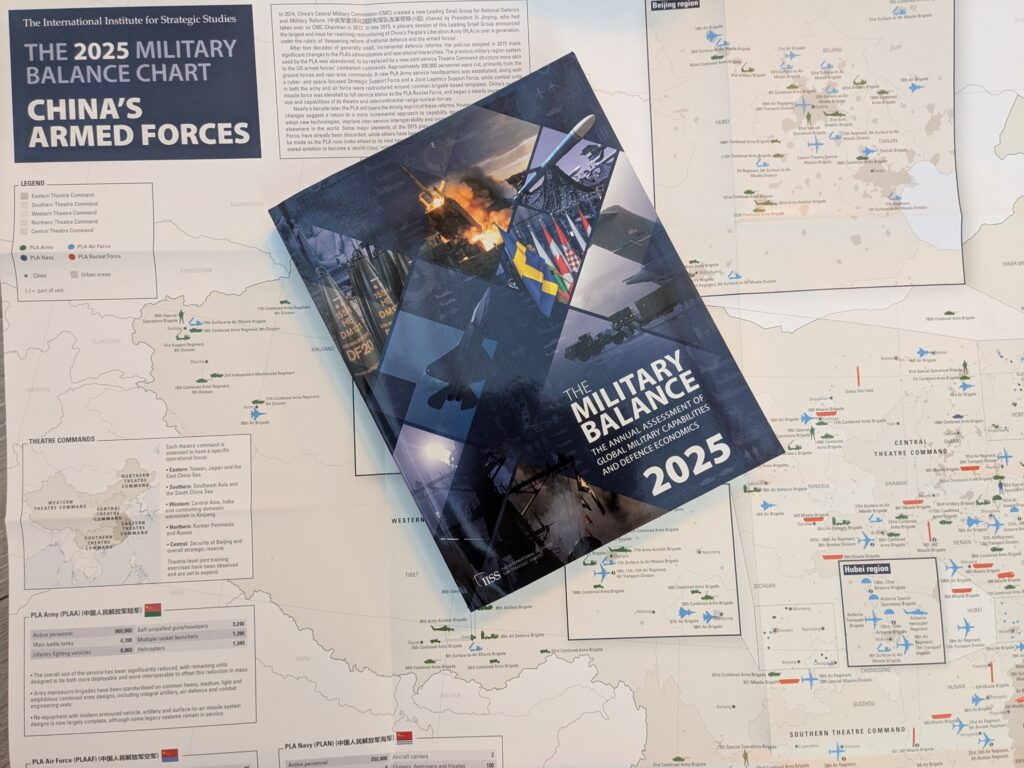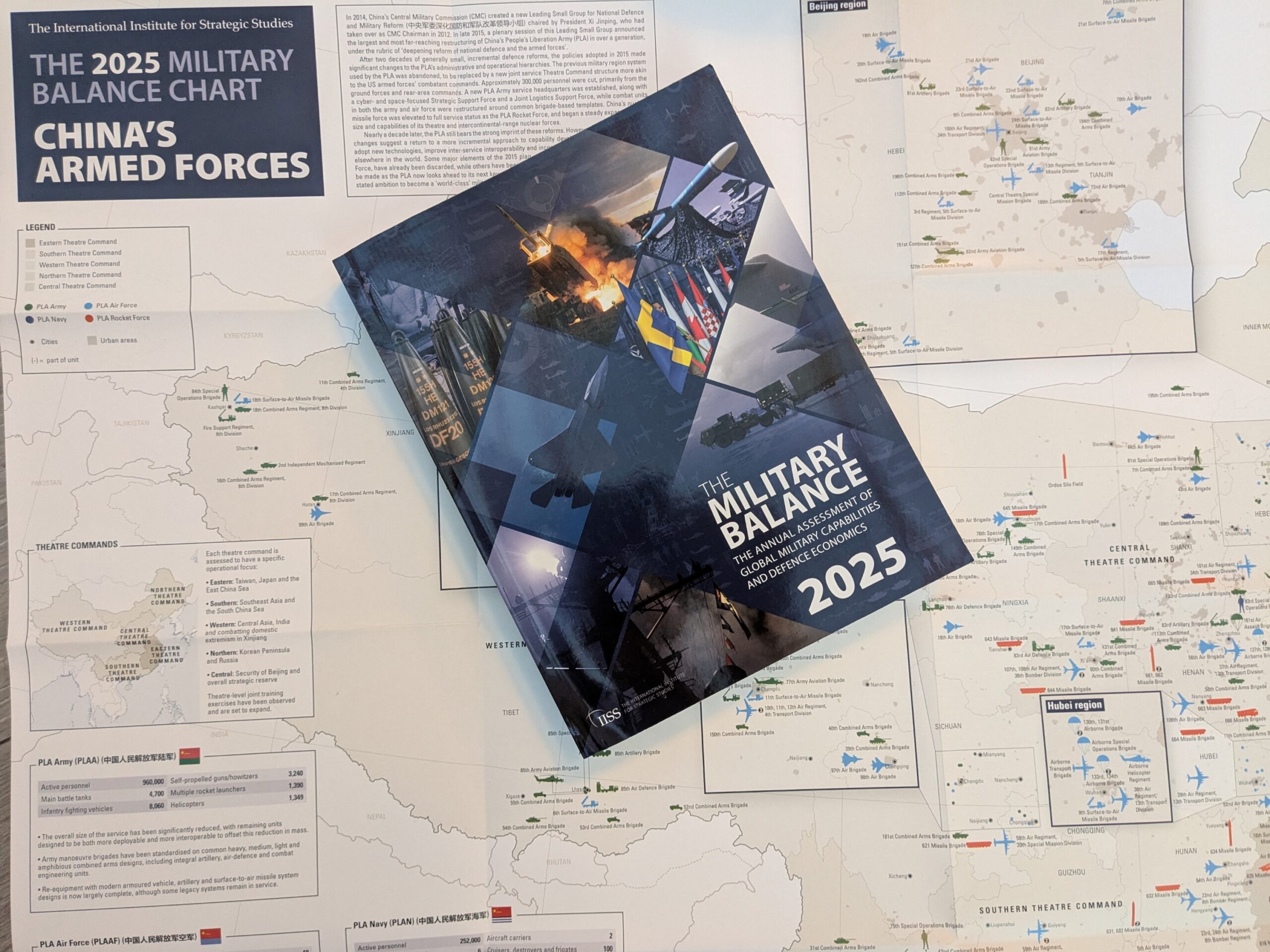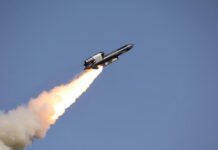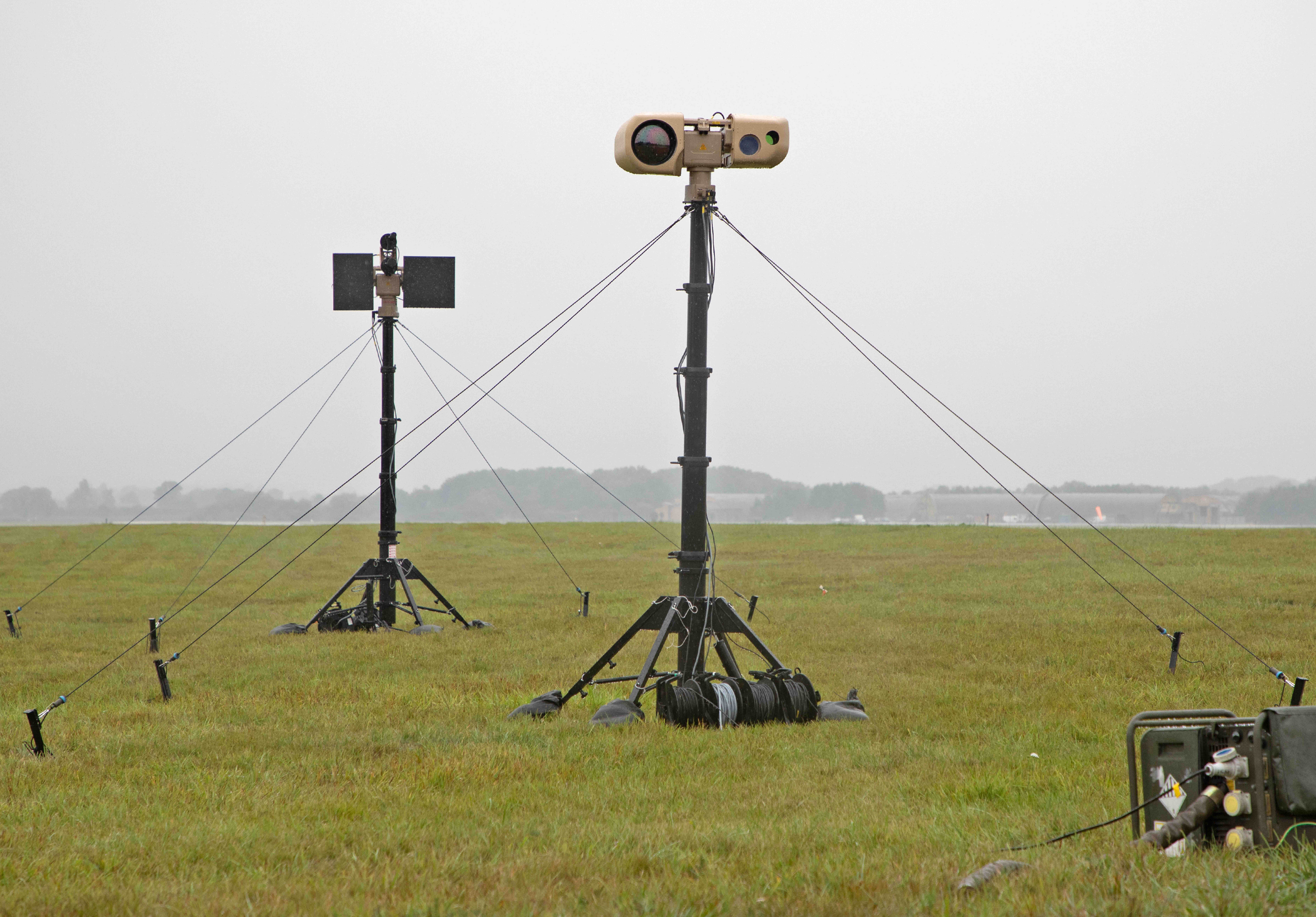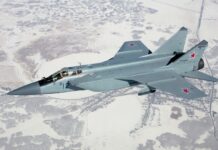Russia lost 1,400 main battle tanks (MBTs) in the Ukraine War in 2024 and has lost a total of more than 4,000 MBTs since its invasion of Ukraine began in February 2022, according to the London-based International Institute for Strategic Studies (IISS).
In introductory remarks in London on 12 February 2025 marking the launch of the 66th edition of the institute’s authoritative The Military Balance, IISS Director-General and Chief Executive Bastian Giegerich note that, while Russia’s defence industry has demonstrated resilience, “its current rates of production and the refurbishment of stored vehicles will not offset battlefield losses indefinitely.
“Indeed,” said Giegerich, “the IISS assesses that Russia will not have sufficient main battle tanks to conduct effective offensive operations beyond early 2026 if it maintains the same operational tempo and suffers the same losses as in 2024.”
The IISS panel at the launch subsequently noted that the extent to which Russia is seeking to remedy this situation, whether by increased new production or the importing of armour from abroad, remains unclear.
Noting how Russia has increasingly felt the economic burden of the war, Giegerich stated, “IISS analysis shows that Russia’s total military expenditure grew by 42% in real terms in 2024 to an estimated USD 145.9 billion [EUR 140 billion], equivalent to 6.7% of GDP: more than double the average seen before 2022.”
Giegerich added that “if we look at Russian spending and purchasing power in parity terms, it is closer to USD 462 billion, which exceeds total European spending in 2024.”
He cautioned, however, that “Ukraine’s strategic position also did not improve and its forces were increasingly strained by attrition and recruitment challenges” adding that Ukraine’s “inadequate combat mass has driven focus on fast innovation cycles developing a growing range of UAVs [unmanned aerial vehicles] and using one-way attack UAVs to strike deep inside Russia”.
Giegerich warned that Ukrainian forces “have made little progress in retaking further territory”, leading to a situation that “has left Ukraine in an increasingly precarious situation and its strategic options are narrowing, given US President Trump’s pledged to end the war quickly.
“For Ukraine to effectively counter Russia’s aggression, international support would have to increase significantly beyond current levels to ensure that offensives could be maintained,” said Giegerich.
Among Giegerich’s further remarks, he also addressed defence spending in Europe, which he said remains inconsistent.
“While in Poland and the Baltic states the defence budget exceeded 3% of GDP, others, such as Spain and Italy, continue to spend well under the NATO 2% baseline,” he noted, adding that “European NATO allies will come under increased pressure from the new Trump Administration to spend even more.
“IISS data shows that current NATO defence spending stands at USD 1.44 trillion, with Europe’s USD 442 billion accounting for less than one third of the total,” said Giegerich.
While the commitment to spending 3% of GDP on defence across the alliance’s European members would see that figure jump to USD 716 billion – and almost travel to USD 1.2 trillion if 5% were achieved – Giegerich concluded that “Such increases are unlikely.”
Speaking on 12 December 2024 at an event hosted by Carnegie Europe in Brussels, NATO Secretary General Mark Rutte called on the NATO allies to “shift to a wartime mindset and turbo charge our defence production and defence spending”.
“A decade ago, Allies agreed it was time to invest in defence once again,” said Rutte. “The benchmark was set at 2%. By 2023, NATO Allies agreed to invest ‘at least’ 2%. I can tell you: we are going to need a lot more than 2%.”
